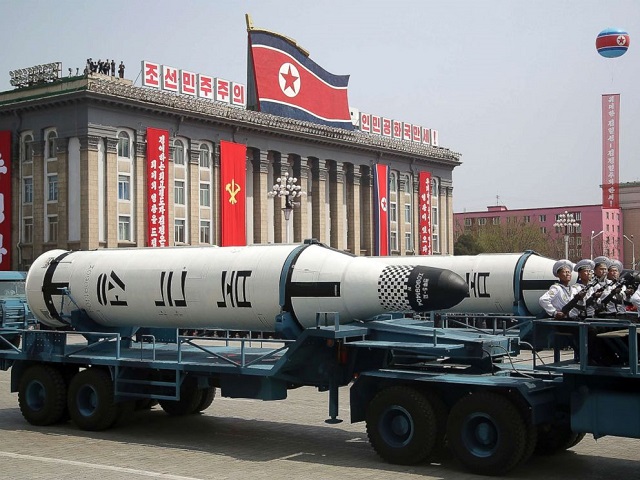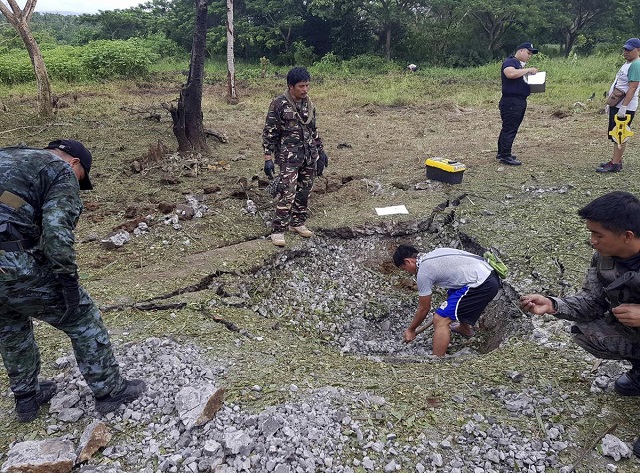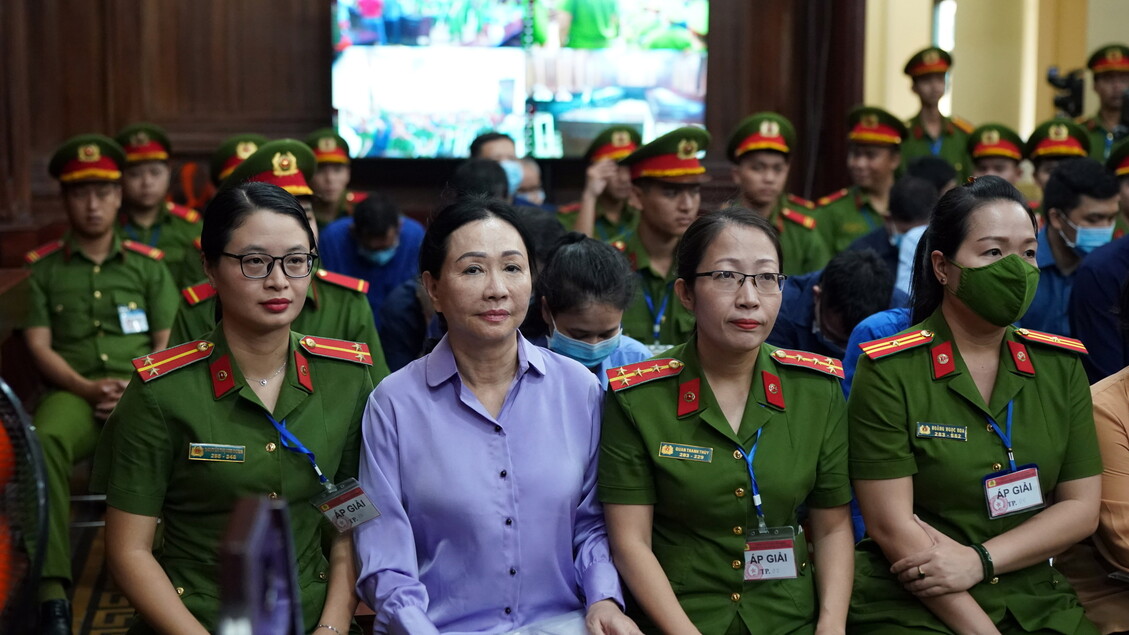North Korea ‘working on new missiles’

Activity seen at a factory in North Korea that produced the country’s first intercontinental ballistic missiles (ICBMs) indicates it is constructing new missiles, a US-based newspaper has reported quoting intelligence officials.
The Washington Post reported on Monday that US intelligence agencies are seeing signs that work is under way on one or two liquid-fueled ICBMs at the Sanumdong research facility, according to officials who spoke on the condition of anonymity.
Monday’s reports about ongoing activities at Sanumdong are the latest to indicate that North Korea is still working on its nuclear and missile facilities, despite ongoing talks with the US about disarmament.
In late June, it was reported that US intelligence agencies believe North Korea had upped uranium production in recent months and that North Korean officials were seeking to deceive the US in order to extract more concessions in talks.
US President Donald Trump and North Korean leader Kim Jong-un met in Singapore on June 12 and signed an agreement in which North Korea committed to “complete denuclearisation of the Korean Peninsula” without specifying a timeline.
Upon landing back in the US, Trump tweeted: “There is no longer a Nuclear Threat from North Korea”.
While the intelligence reported on Monday does not suggest an expansion of North Korea’s capabilities it shows work on advanced weapons is still ongoing, the Washington Post said. The Sanumdong factory produced two Hwasong-15 ICBMs, North Korea’s furthest-reaching missile which can fly more than 13 000km, putting the US East Coast within its reach.
Satellite photos suggest at least one Hwasong-15 is in production at the site, the Washington Post reported.
“We see them going to work, just as before,” a US official told the newspaper.
An official said that photos and infrared imaging indicate vehicles are moving in and out of the Sanumdong facility, but that it is unclear how far along the missile construction could be.
The White House said it did not comment on intelligence, Reuters reported, while a senior official at South Korea’s presidential office said US and South Korean intelligence agencies are closely looking into various North Korean movements.
On Friday, North Korea returned the suspected remains of more than 50 US soldiers killed during the Korean War, taking a step in implementing the June agreement.
Meanwhile, generals from the two Koreas have met at the border village of Panmunjom for talks about implementation of agreements on non-nuclear military issues reached at April’s inter-Korean summit.
In the second meeting of its kind since the April 27 meeting, generals are expected to discuss steps to disarm the jointly controlled area at Panmunjom, but no major announcement is expected.
Reporting from Seoul, Rob McBride said yesterday’s meeting between military officials from the two Koreas would be aimed at “trying to defuse tensions along the DMZ”.
Besides reducing the number of troops and weapons they are armed with, McBride said talks about the disputed sea border between North and South Korea could also be on the agenda. “North Korea doesn’t recognise exactly where that sea border should be and it’s hoped that they can have some agreement to prevent further clashes in the future,” he said.
The United States military’s Africa Command has confirmed that its forces began deploying armed drones in Niger earlier this year.
The West African country’s government granted American forces permission in November 2017 to arm their drones — but neither side had previously confirmed their deployment. “In coordination with the Government of Niger, US Africa Command has armed intelligence, surveillance, and reconnaissance (ISR) aircraft already in Niger to improve our combined ability to respond to threats and other security issues in the region. Armed ISR aircraft began flying in early 2018,” Samantha Reho, spokeswoman for US Africa Command said yesterday.
The armed drones are currently deployed to Niger’s Air Base 101 in the capital, Niamey. Reho said the effort was supported by Niger’s government, describing it as part of the long-term strategic partnership between the two countries to counter armed groups in the region.
In 2013, Niger gave permission for US surveillance drones to be stationed on its territory with the intention of improving intelligence on al-Qaeda-linked fighters in northern Mali and the wider Sahara.
The US military presence in Niger has expanded in recent years to an 800-strong force that accompanies Nigerien troops on intelligence gathering and other missions.
An ambush claimed by a local Islamic State of Iraq and the Levant (ISIL, also known as ISIS) affiliate in western Niger last October killed four US soldiers. Groups based in neighbouring Mali have also struck military and civilian targets as far afield as Cote d’Ivoire. — Al Jazeera










Comments